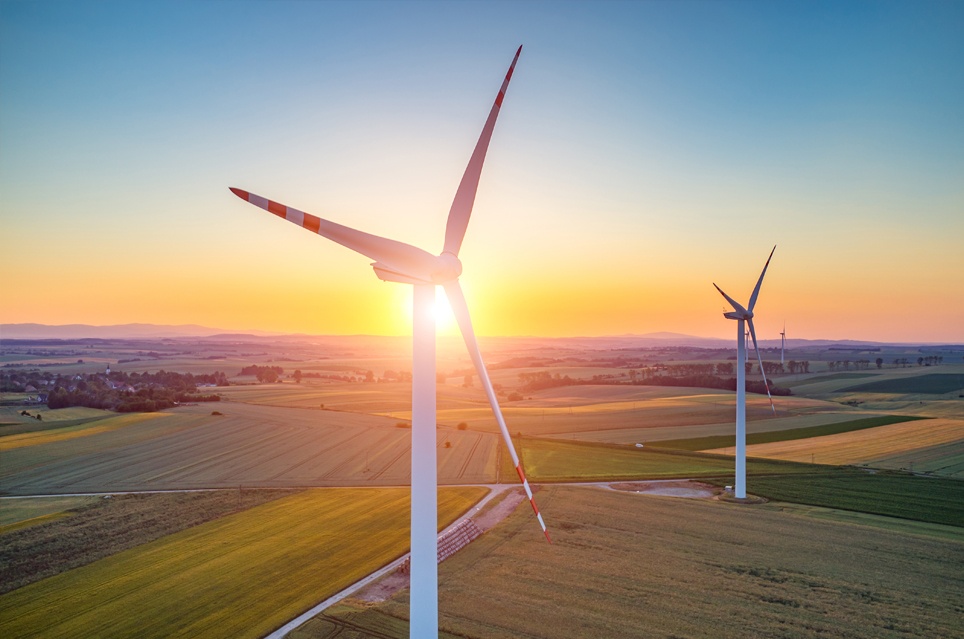In Australia, it’s easy to take our constant connectivity for granted. But in some countries, most people are living in rural areas where the grid is simply unable to reach.
Rampant power outages (or no power at all) make it difficult for these people to do tasks that could help lift them out of poverty- such as opening a bank account, starting a business, or learning about scholarships and grants that could benefit their children.
Myanmar is a good example, where 70% of the population live in rural areas and three quarters have no power. While this lack of electricity is a major challenge for the country’s economic development, it doesn’t necessarily need to mean large-scale grids and fossil-fuelled power plants. The biggest challenge is the cost associated with infrastructure, including large distribution and transmission lines. Very few rural villages can contribute to those costs, and the private sector has chronic budget deficits while the government can’t finance the cost of infrastructure.
How do telcos fit in? Mobile phones can be found around the world. Cell signals are transmitted to telecom towers and back to the phones. Those towers run on electricity (often powered by diesel), although we’re currently seeing a shift to greener, cleaner energy options.
Myanmar is a mostly cash-based economy, with most people unbanked or at least underbanked. Mobile connectivity will allow these people to access electronic payment platforms, internet banking, and more.
The country needs many more towers to improve mobile phone access. And these will need to be in places where most people don’t have any access to electricity these towers can use hybrid power solutions, and powered at least partly by renewable energy. If these power sources are increased, any surplus energy can power rural villages close by- and this would create a mini electricity grid.
In India, where more than 240 million people still have no access to electricity, and power shortage cost the country approximately 7% of its GDP. Off-grid power is one option for many people, but the last thing the environment needs is more diesel generators.
The Indian Department of Telecommunications is working hard to drive investment in this area, and in 2011 it established strict guidelines. 20% of urban cell towers and 50% of rural cell towers had to be powered by both grid-based and renewable energy sources by 2015. This is increasing to 33% of urban towers and 75% of rural towers by 2020, and is encouraging telcos to supply clean, green power for both rural communities and the towers themselves.
Many telcos are providing mobile connectivity through hybrid and solar-plus storage technology. The message? If utility companies are unwilling to grow the grid or provide electricity for rural areas, telcos will use a range of off-grid solutions combining diesel, wind, solar, methanol, and battery options. These can be used to power telecommunications infrastructure, but also to provide rural communities with enough electricity to power their homes.
Access to electricity provides communities with significant gains in terms of access to key information services, opportunities for enterprise and trade, access to education, and improved healthcare.
Planning to switch to a cleaner power solution? Get in touch today to learn about our hybrid power options.




